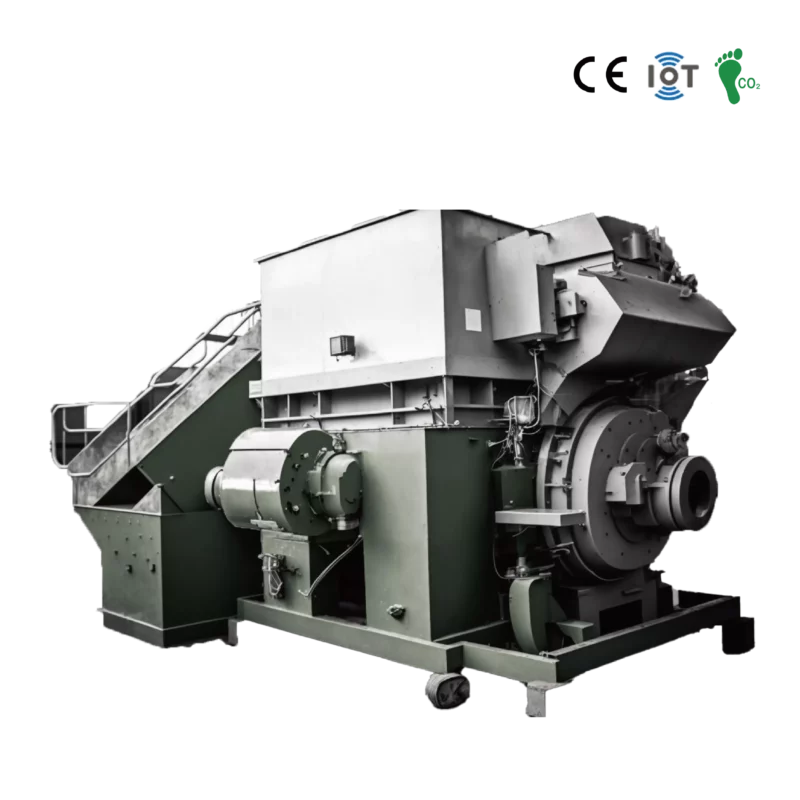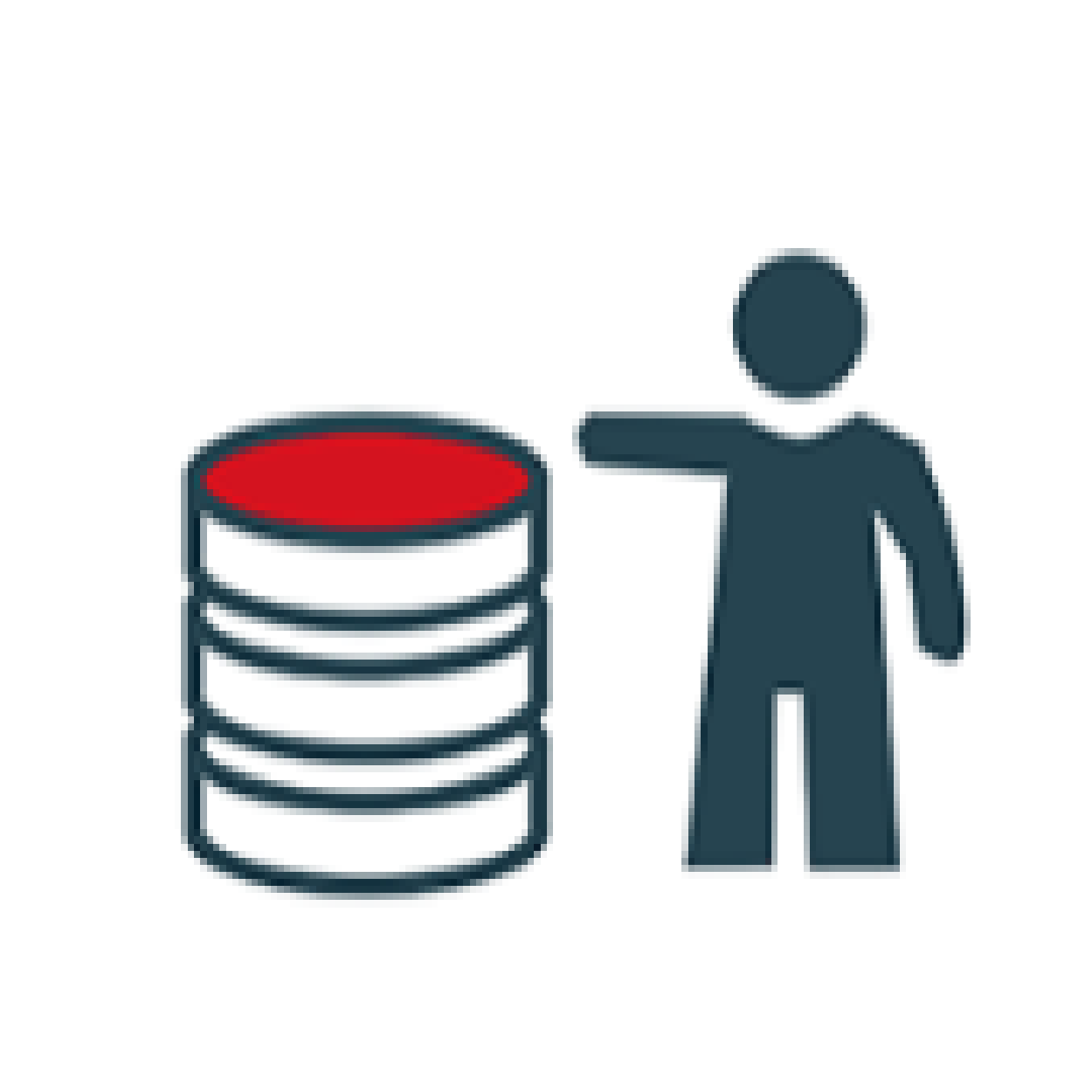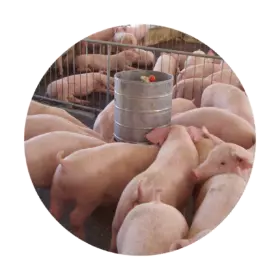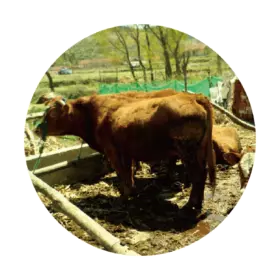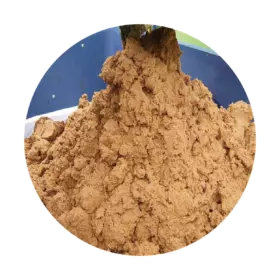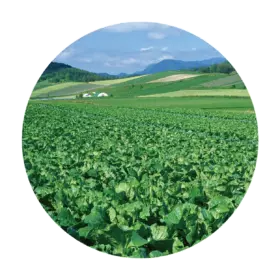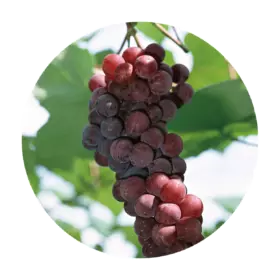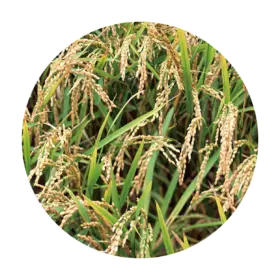Standard-Type Equipment SUN-1500L
The largest composting-free technology system is designed for handling a wide range of organic waste treatment tasks and is suitable for use by both public and private agencies and industries. The system comes in two forms: a fixed type and a mobile type, depending on the specific needs of the user. With its large capacity and advanced features, this system is a powerful tool for managing organic waste on a large scale.
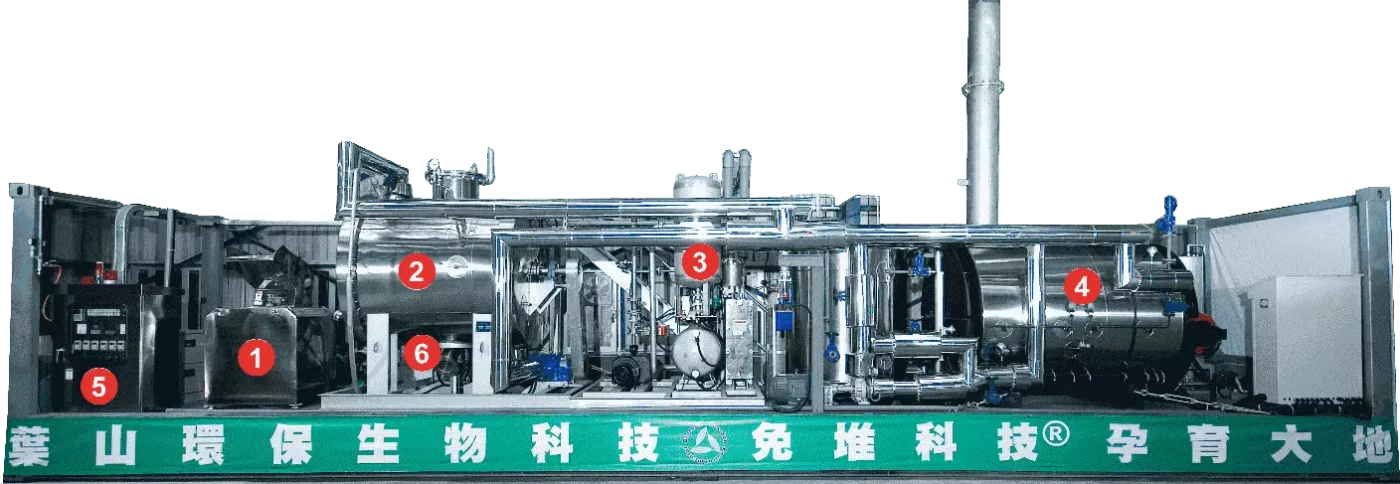
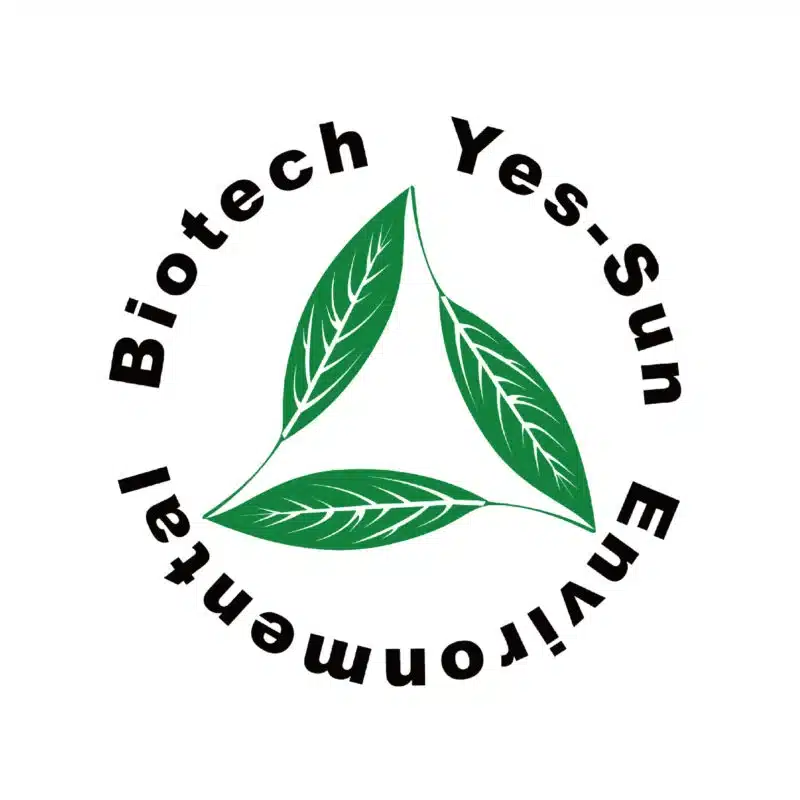


 中文 (台灣)
中文 (台灣) Bahasa Indonesia
Bahasa Indonesia Tiếng Việt
Tiếng Việt Bahasa Melayu
Bahasa Melayu Français
Français Español
Español Português
Português



